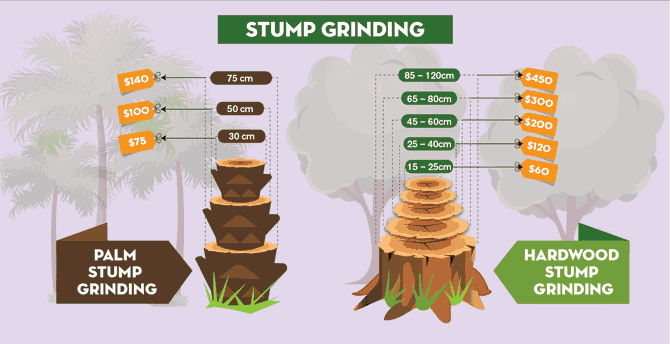The Ecological Results Of Reducing Trees: Secret Insights You Need To Take Into Consideration
The Ecological Results Of Reducing Trees: Secret Insights You Need To Take Into Consideration
Blog Article
Created By-Ashworth Walker
When it pertains to the ecological influence of tree elimination, there are vital facets that require your attention. From the intricate web of partnerships within environments to the subsequent results on environment patterns, the effects are extensive. You could be surprised to discover the elaborate methods which the elimination of trees can resound throughout the setting. Remain tuned to unwind the intricate links and effects of this relatively straightforward act.
Deforestation and Environment Loss
Logging and environment loss are essential problems originating from tree elimination. When trees are lowered, it interferes with entire environments. Not only are the trees themselves shed, however the homes and food sources of numerous plant and animal varieties are ruined as well. Birds shed their nesting sites, animals shed their sanctuary, and insects shed their environments. The impacts ripple through the food web, influencing killers and victim alike.
Furthermore, logging contributes to climate modification. Trees play a crucial function in soaking up carbon dioxide, a greenhouse gas that traps heat in the atmosphere. With less trees, there's less carbon dioxide absorption, bring about raised levels of this gas in the ambience and exacerbating global warming.
Habitat loss is a direct outcome of logging, as the damage of forests indicates the loss of unique and diverse ecological communities. Several species are incapable to adapt to fast adjustments in their atmosphere, causing population declines and, in some cases, extinction.
Protecting woodlands is essential to preserving the fragile equilibrium of nature and ensuring the survival of numerous plant and pet varieties.
Influence on Biodiversity
The removal of trees has a considerable effect on biodiversity, impacting the selection and abundance of plant and pet types in an area. Trees provide environment and food resources for many microorganisms, from pests to birds to mammals. When trees are removed, these species lose their homes and sources of sustenance, causing a decline in their populations. This disturbance can have plunging results on the whole ecosystem.
In addition, trees play a vital duty in preserving biodiversity by producing microhabitats within their canopies, trunks, and roots that sustain a vast array of types. When trees are cut down, these specialized environments are damaged, minimizing the overall diversity of the location.
Furthermore, the removal of trees can bring about a decrease in hereditary diversity within plant populaces, as particular tree types may no more have the ability to reproduce or distribute efficiently. Shielding trees and woodlands is essential for protecting biodiversity and guaranteeing the health of ecosystems for future generations.
Dirt Erosion and Climate Adjustment
With trees being gotten rid of from a location, the interruption of soil framework and stability takes place, causing boosted soil erosion. Trees play a vital duty in stopping erosion by holding dirt in position with their origin systems. When trees are gotten rid of, specifically in great deals, the dirt becomes much more prone to erosion from wind and water. This disintegration not just affects the immediate surroundings yet can additionally cause sedimentation in nearby water bodies, impacting water high quality and aquatic ecological communities.
Additionally, learn more help manage the climate by soaking up co2 during photosynthesis. When trees are cut down, this all-natural carbon sink is reduced, contributing to boosted degrees of greenhouse gases in the environment. This can worsen climate change, bring about more severe weather events and disruptions in ecosystems worldwide.
As a result, the elimination of trees not only speeds up soil disintegration yet also contributes in the larger ecological problem of climate modification. It's important to take into consideration these factors when assessing the effects of tree elimination on the setting.
Verdict
Now that you recognize the environmental impact of tree removal, take into consideration the repercussions before cutting down trees. Deforestation interferes with communities, reduces biodiversity, and adds to soil disintegration and environment modification. By being mindful of the effect of tree elimination, you can aid shield our environment and preserve the fragile balance of nature. Make educated selections and think about different remedies to reduce the adverse impacts on our planet.
